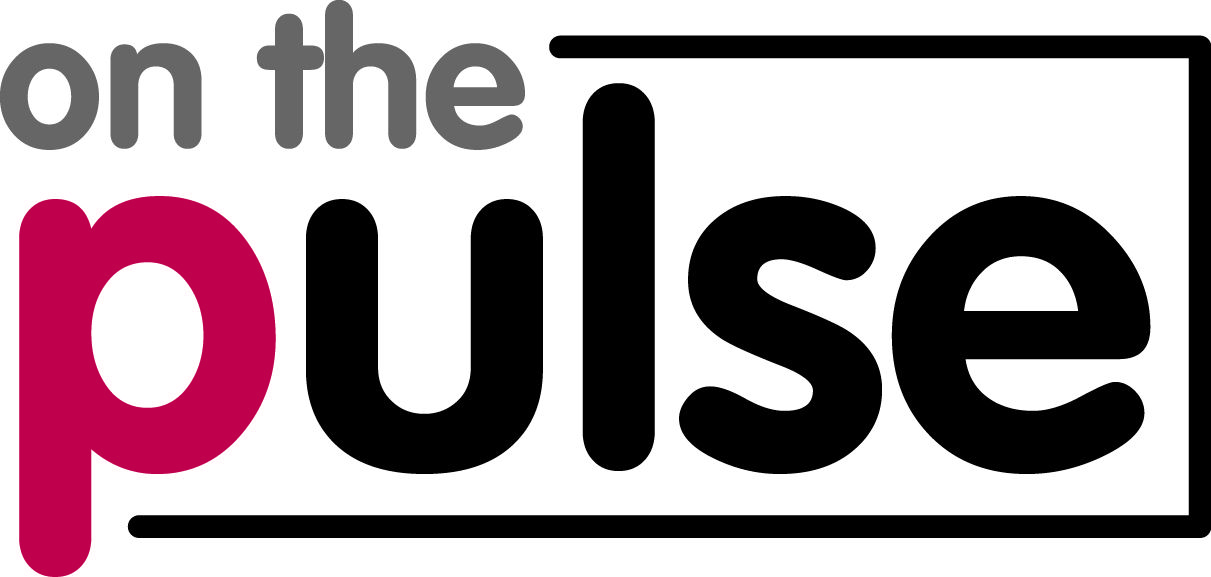High-volume crimping is the process of joining components by deforming one or both of them to hold the other on a large scale. This technique is fundamental in industries like automotive, aerospace, and electronics, where reliable electrical and mechanical connections are critical for product safety and performance. In this guide, we’ll explain how to optimize your high-volume crimping process through best practices for investment, maintenance, and monitoring.
Understanding Your Current Process
The first step toward optimization is to thoroughly analyze your existing crimping procedures. Document every action, from wire preparation to the final connection, to create a clear picture of the entire workflow.
This examination helps you identify potential bottlenecks or inefficiencies. You might find that operators are spending too much time switching between tools or that certain steps are causing delays. Pinpointing these specific areas of weakness is essential before you can implement effective improvements.
Adopting Best Practices for Optimization
Select the Right Tools and Equipment
Optimize your high-volume crimping process requires choosing the appropriate tools. Automated and semi-automated crimping machines can dramatically increase speed and consistency compared to manual hand tools, especially in a high-volume setting. Wire crimping machines also help optimize changeover times with easy and seamless transitions between tasks. The right machinery accelerates production and enhances the quality and reliability of each crimp, leading to fewer defects down the line.
Invest in Operator Training and Skill
Even with the best equipment, the skill of the operator remains a crucial factor. Comprehensive training programs verify that your team understands the nuances of the crimping process and can operate machinery correctly and safely.
A well-trained operator can quickly identify potential issues, perform minor adjustments, and maintain a consistent level of quality. Ongoing skill development keeps your team updated on new techniques and reinforces the importance of precision in their work.
Conduct Regular Inspections
A system of regular quality checks is vital for maintaining a high standard. Implement routine visual inspections and pull tests to verify the integrity of your crimps. These checks help catch any deviations from your quality standards before they become widespread problems. By consistently monitoring the output, you can confirm that your process remains stable and that your products meet the required specifications.
Establish a Preventative Maintenance Schedule
Preventative maintenance is key to avoiding unexpected equipment downtime. Develop a schedule for the regular upkeep of all your crimping tools and machinery. This includes cleaning, calibrating, and replacing worn parts before they fail. A proactive approach to maintenance ensures your equipment operates at peak performance, minimizes costly production interruptions, and extends the life of your valuable assets.
Enhancing Your Production Efficiency
Augmenting your crimping process is an ongoing effort that delivers significant rewards. By analyzing your workflow, using the right tools, training your team, and maintaining your equipment, you can achieve greater efficiency and quality. These strategies reduce costs, improve product reliability, and earn your company a stronger competitive position in the market.
